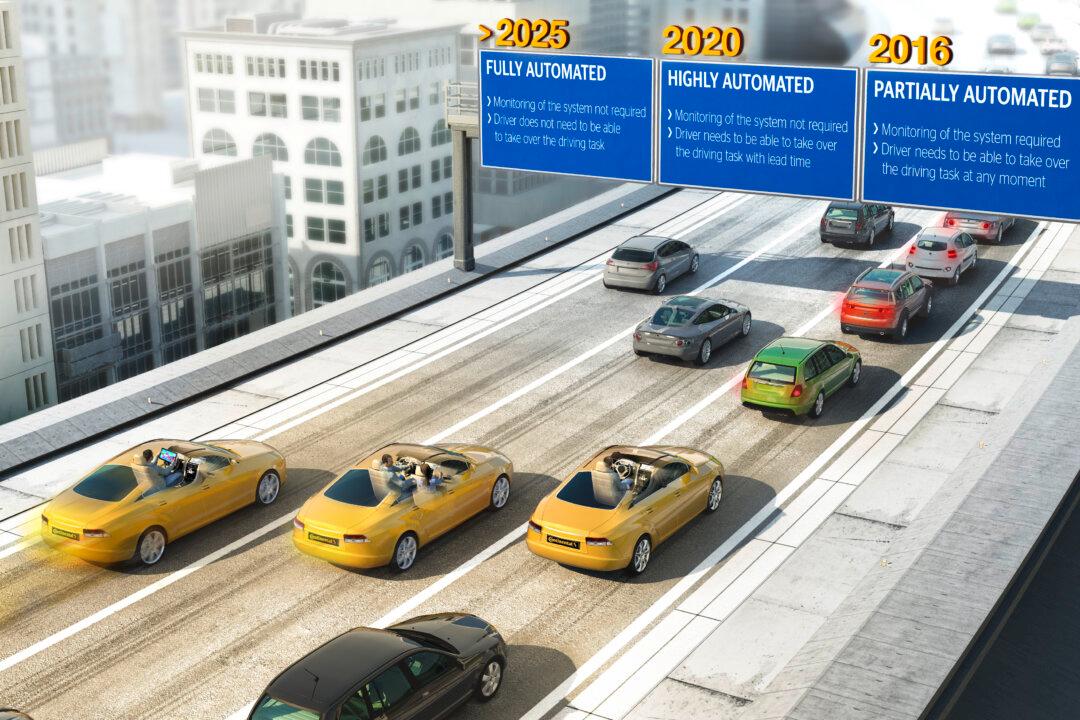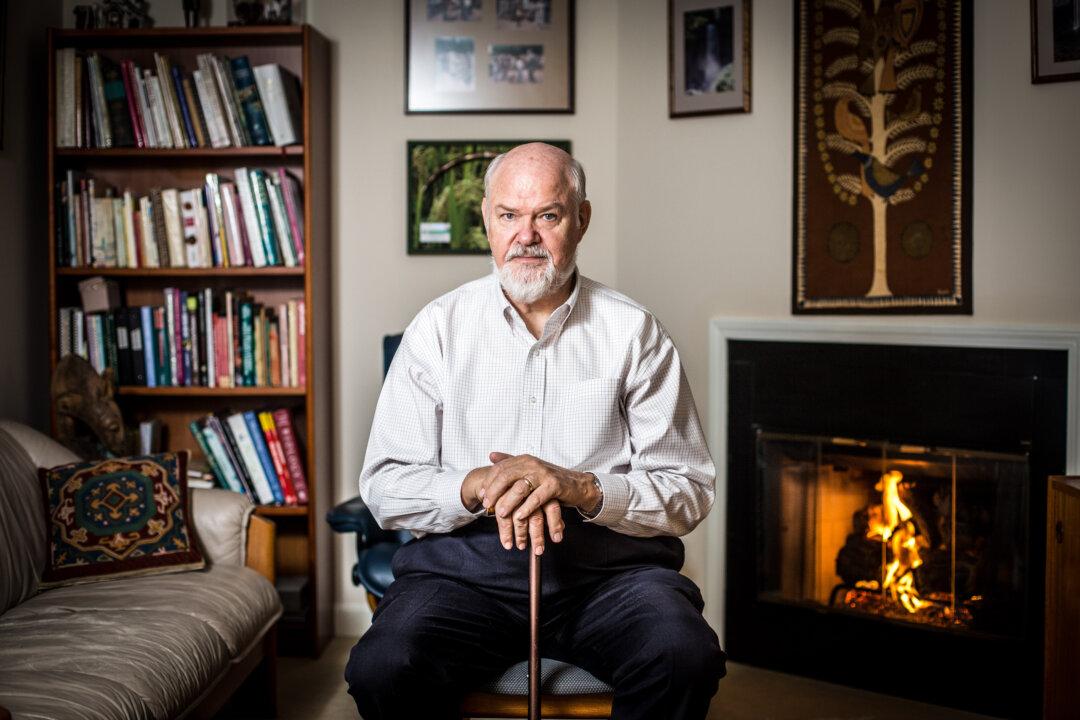If you have not purchased a new car recently, talk about self-driving cars can sound like science fiction, even though much of the technology is already on the road.
Safety features like side view assist, which blinks a warning light in your side mirror if a car is in your blind spot; forward collision warning, which automatically applies your brakes if a crash is imminent; and adaptive cruise control, are part of the foundation of how self-driving cars will work.
These driver assist or semi-autonomous driving features require the driver be in control or prepared to take control should the technology fail.
Fully autonomous cars for the mass market are not expected until at least 2020 and will connect current features to a central intelligent software that is compliant with appropriate regulatory and legal frameworks.
In the meantime, the technology is being rolled out in stages, as safety features allow drivers to get used to a different way of driving.
One step is learning to trust the car’s “eyes” (displayed on a screen) to see details behind the car, but still turning to look for possible pedestrians.
Another is using the auto parallel park feature that beeps when you pass a spot large enough for your car while trawling the street. The car tells you, “Engage auto park. Be prepared to take the wheel,” and you wait as the car backs up and angles it into the spot.
The Promise of Safety
Visionaries expect the day will come when our cars will be more attentive—and less accident prone—than we are.
Computers do not drink, as advocates note, while more than half of the 30,000 fatal crashes in the United States in 2014 involved alcohol, according to data compiled by the Insurance Institute for Highway Safety (IIHS).
Not paying attention, by texting while driving, for example, is another major cause of accidents that computers would resolve.
“Our industry can reduce these [accident] numbers significantly. And if we can, then we must,” Cadillac President Johan de Nysschen said in a speech at the 2015 J.D. Power Automotive Marketing Roundtable.
Russ Rader, senior vice president of communications for IIHS, said some of the “building block systems” are reducing crashes.
Based on data on police-reported crashes in 22 states between 2010 and 2014, IIHS found front crash prevention alerts reduced crashes by 27 percent and automatic braking reduced crashes by 50 percent. Rader says analysis of the data for other features was still inconclusive.
Safe to Trust?






